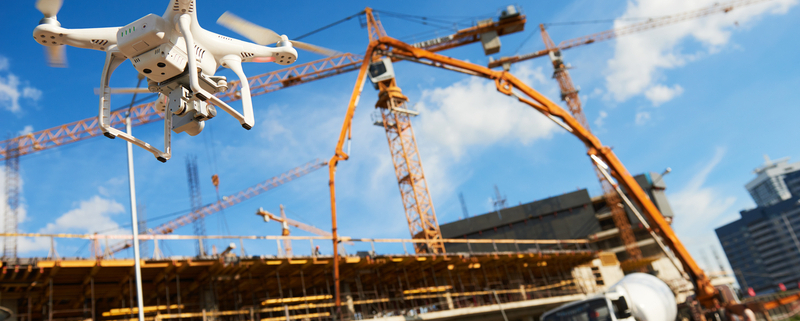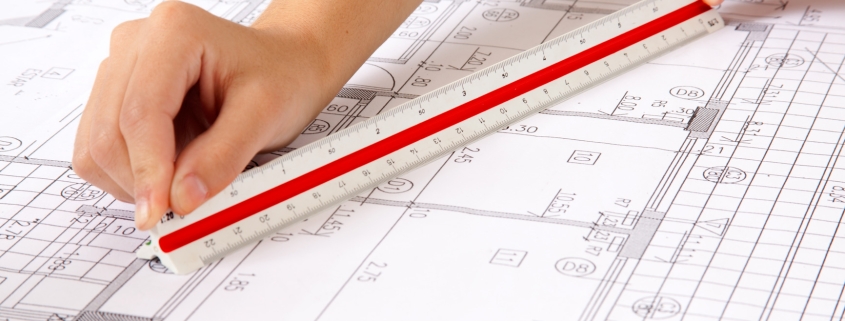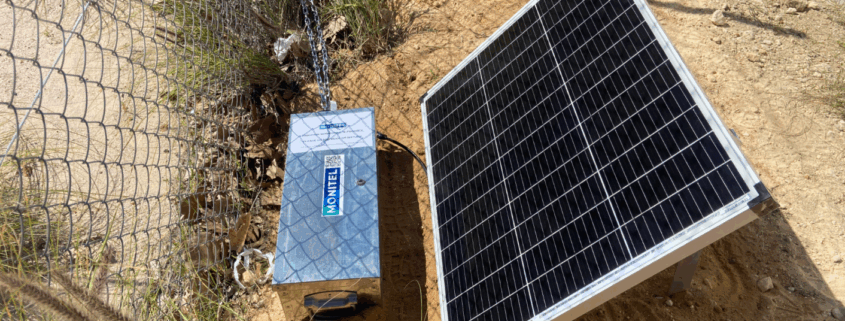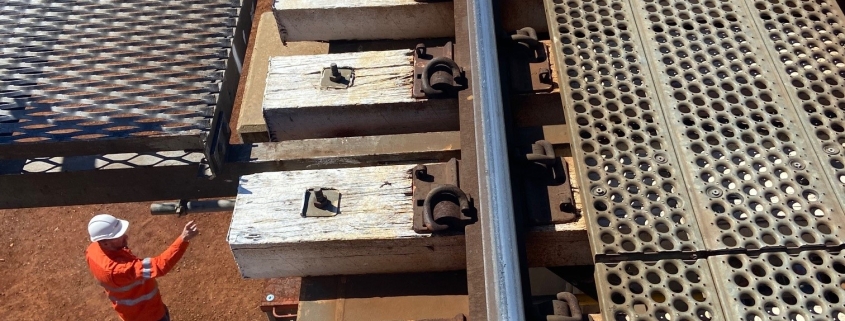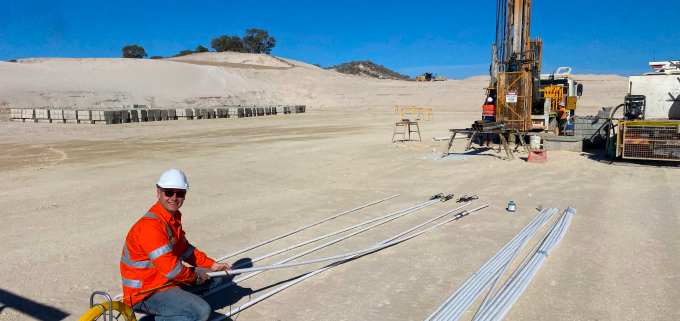Early Warning Systems: How Vibration Monitoring Prevents Structural Failures
In high-risk industries such as mining, construction, and infrastructure, structural failures can lead to major safety incidents, equipment loss and project delays.
In many cases, these failures are triggered by abnormal vibrations, generated shifts in load, ground movement or mechanical stress. With a well-implemented vibration monitoring system, these signs can be detected early and addressed quickly.
At Monitel, we have created plans for vibration monitoring in construction, mining and other WA industries – helping business operate safely and maintain their compliance.
This blog explains how real-time vibration monitoring acts as an early warning system. If you would prefer to speak directly with the Monitel team, you can contact us at admin@monitel.com.au or call (08) 6219 8284.
How Vibration Creates Structural Failures
Structures rarely fail without warning. Before cracks appear, joints shift or components loosen, materials often vibrate in abnormal patterns. Vibrations may be caused by:
- Excavation near load-bearing walls
- Heavy machinery operating on unstable ground
- Progressive deterioration in structural elements
- Poorly supported foundations or underground works
If a robust vibration monitoring plan has been implemented, these movements can be detected before they become visible and dangerous.
What Makes an Effective Early Warning System?
To effectively serve as an early warning system, a monitoring setup must deliver accurate, timely and actionable information. This means that it must be tailored to the specific conditions of your site
A comprehensive and reliable vibration monitoring system should include:
- High-precision sensors appropriate for the site conditions
- Automated data logging and wireless communication
- Threshold-based alerts
- Integration with project-specific risk tolerances and response plans
How Monitel’s Vibration Monitoring Functions as an Early Warning System
The Monitel team creates vibration monitoring systems using accelerometers, geophones and other sensors.
This structural instrumentation collects real-time data on key parameters, including amplitude, frequency and acceleration. You can read more about these indicators in our article ‘How to Interpret Vibration Data’.
Our systems trigger automated alerts when vibration levels exceed defined thresholds. This gives stakeholders immediate notice that a section of the structure may be under stress, allowing for proactive (rather than reactive) action.
Our team has a thorough understanding of state and federal requirements, as well as specific standards enforced by local councils. All of our structural monitoring systems are constructed inline with regulations such as DIN 4150-3 and BS 7385.
Applications Across Western Australian Industries
We deploy our vibration monitoring systems to monitor structures across Western Australia. This includes in industries such as:
- Mining Operations: Detecting ground movement or equipment fatigue in pit walls and processing plants.
- Tunnelling and Underground Construction: Monitoring tunnel linings, cross-passages,] and adjacent infrastructure for signs of instability.
- Bridge and Rail Infrastructure: Ensuring foundations and structural components remain within safe vibration tolerances.
- Heavy Construction Sites: Alerting operators to unsafe vibration levels near heritage buildings, retaining walls or live services.
Conclusion
Structural failures are rarely sudden—most can be identified through small but measurable changes. When you implement a structural monitoring system, those changes can prove early warnings, rather than after-the-fact clues.
Monitel’s systems are designed to provide accurate, real-time insights tailored to Western Australian projects.
In addition to vibration monitoring, we can also conduct:
- Machine vibration monitoring
- Wall monitoring
All of our solutions are created in line with our ‘technology and product agnostic’ approach. This means that we are not tied to any specific brands or products and will always create the most suitable solution for you.
To learn how the Monitel team can implement a vibration monitoring system on your site, contact us at admin@monitel.com.au or call (08) 6219 8284.


